
Introducing the next generation of Portfolio Management and Origination
Read to learn how Banyan Infrastructure's latest product launch automates operations across the project finance lifecycle, helping institutions deploy capital faster, minimize risk, and improve portfolio returns.

Introducing the next generation of Portfolio Management and Origination
Read to learn how Banyan Infrastructure's latest product launch automates operations across the project finance lifecycle, helping institutions deploy capital faster, minimize risk, and improve portfolio returns.

Introducing the next generation of Portfolio Management and Origination
Read to learn how Banyan Infrastructure's latest product launch automates operations across the project finance lifecycle, helping institutions deploy capital faster, minimize risk, and improve portfolio returns.

Introducing the next generation of Portfolio Management and Origination
Read to learn how Banyan Infrastructure's latest product launch automates operations across the project finance lifecycle, helping institutions deploy capital faster, minimize risk, and improve portfolio returns.
The best source of information for renewable energy finance. Sign up for helpful tips, guides, and industry best practices.

.webp)











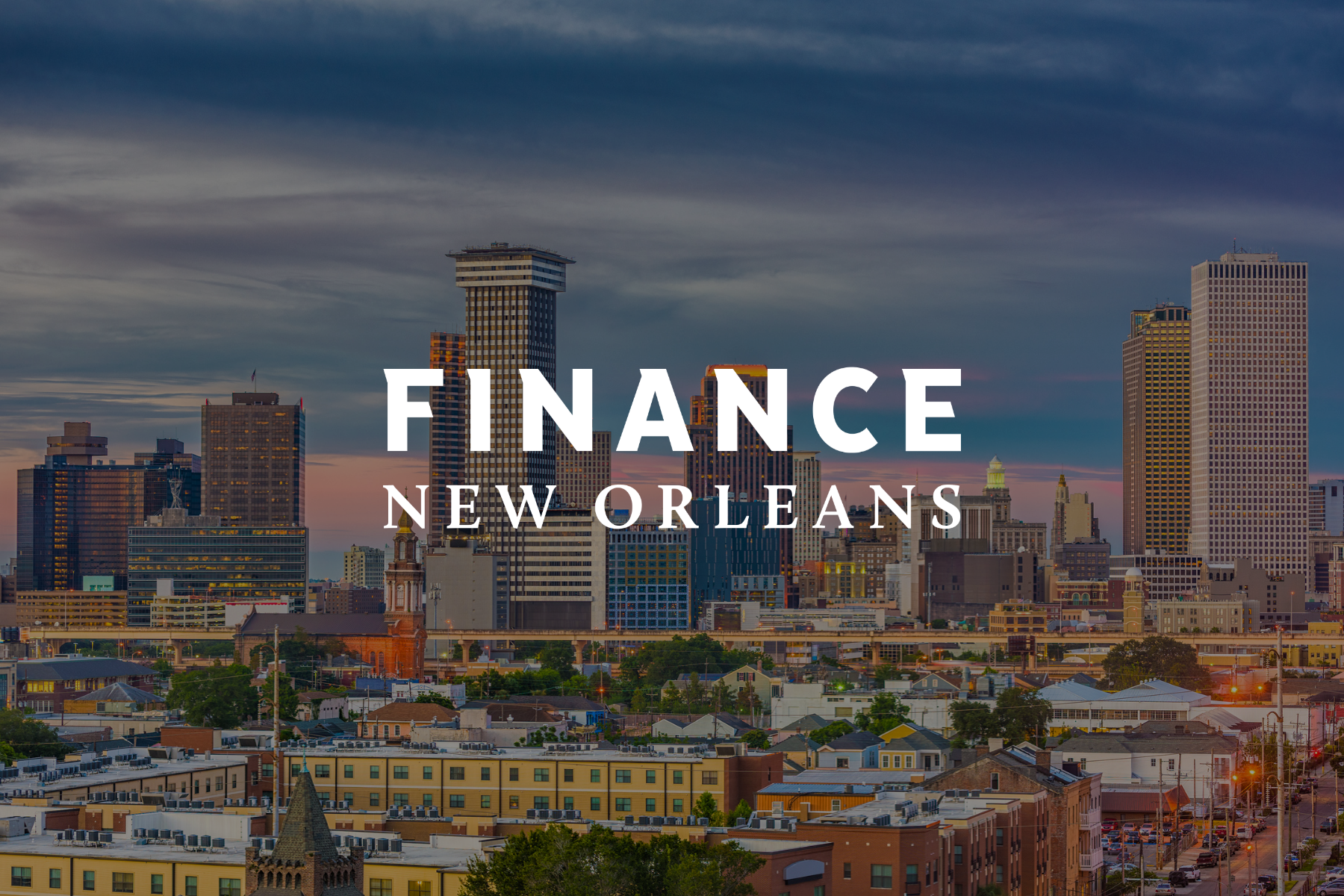

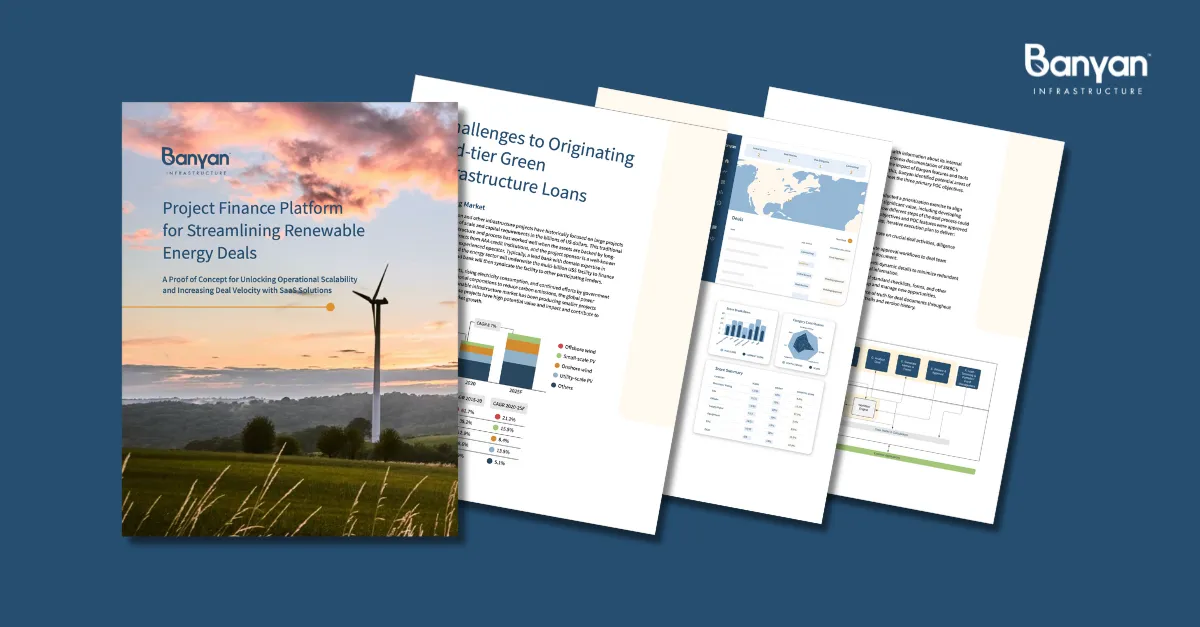
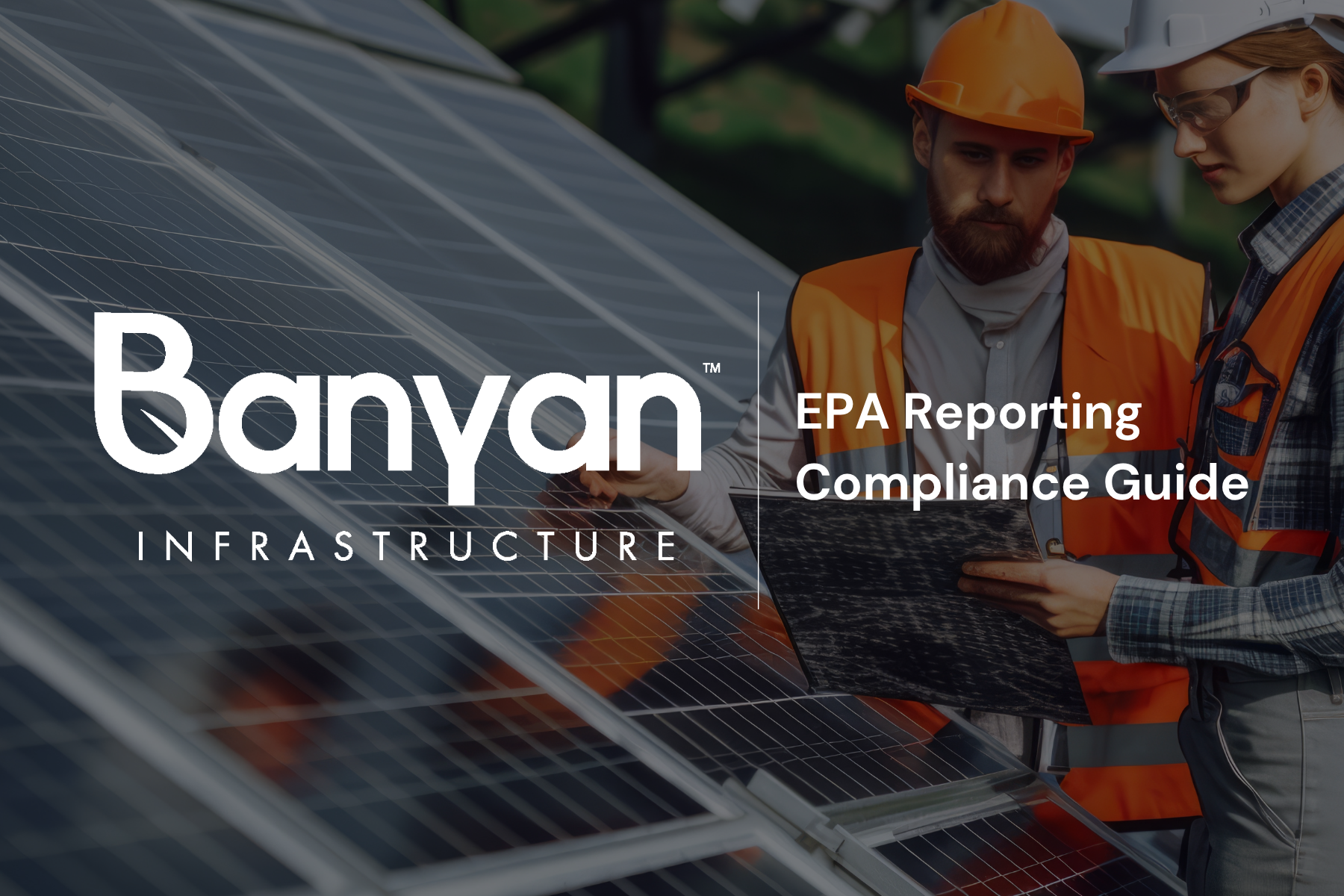

.webp)

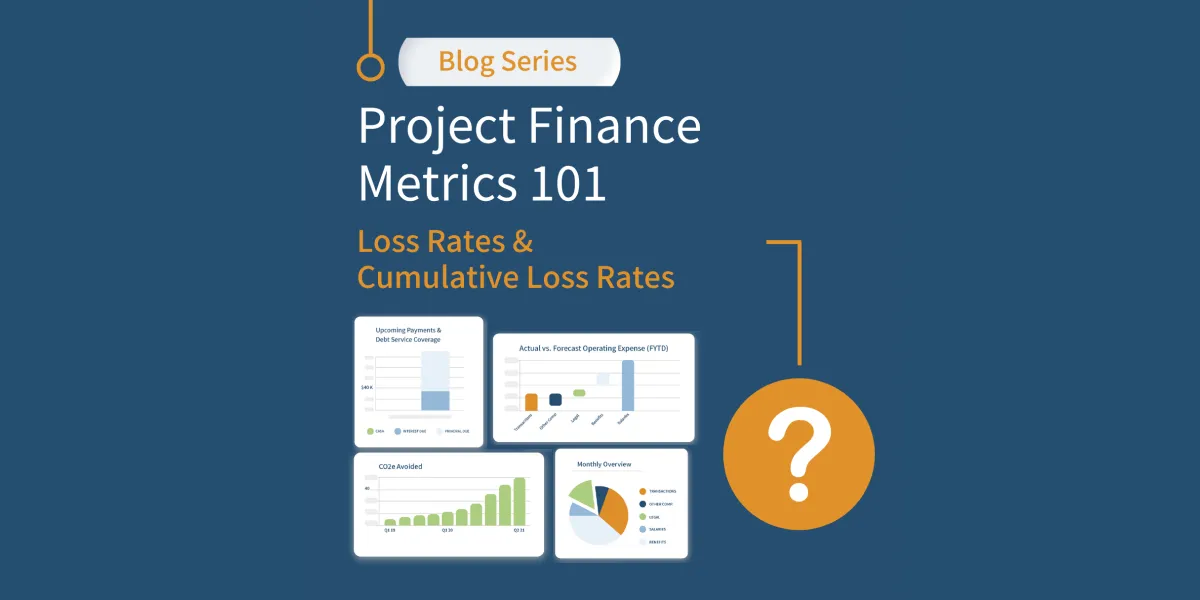




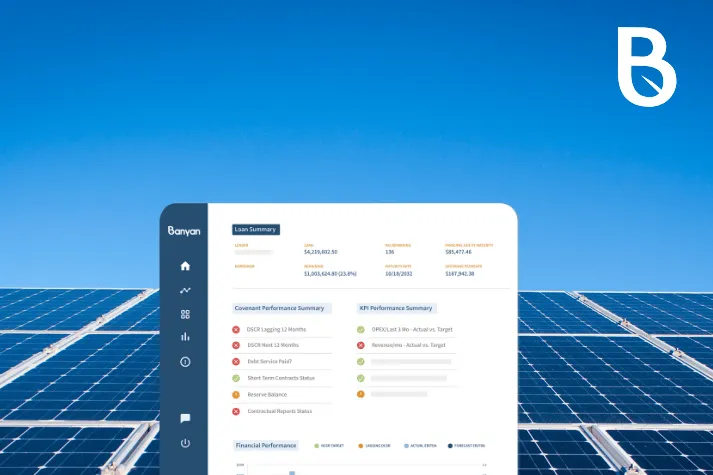
.webp)

.webp)



.webp)




.webp)
.webp)
.webp)

.webp)
.webp)



%20(1).webp)
.webp)
.webp)






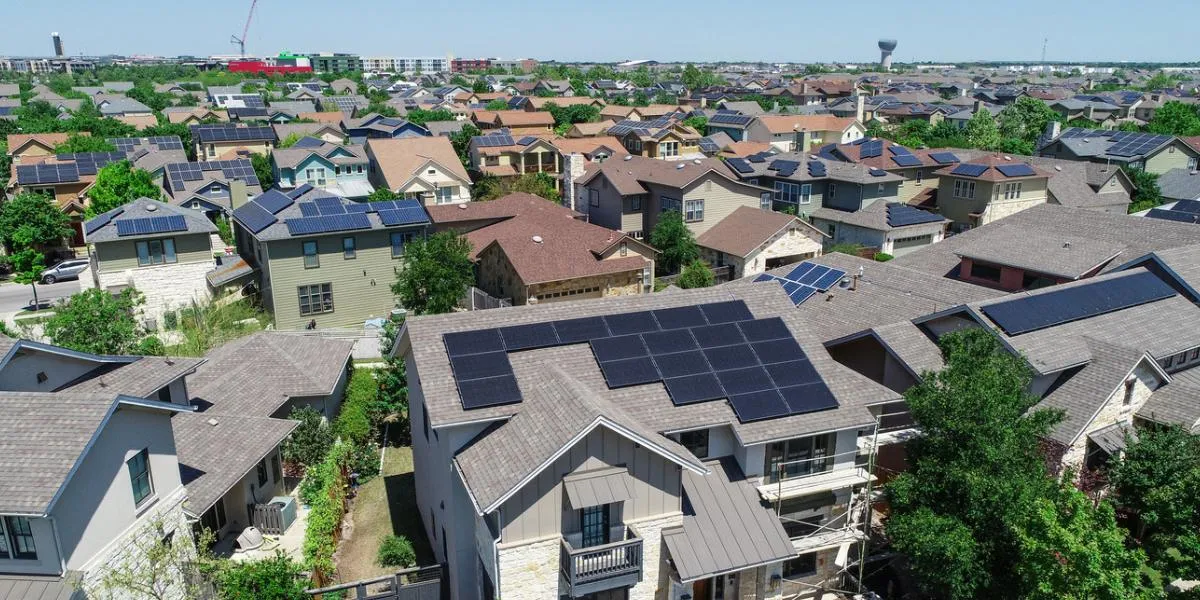













.webp)
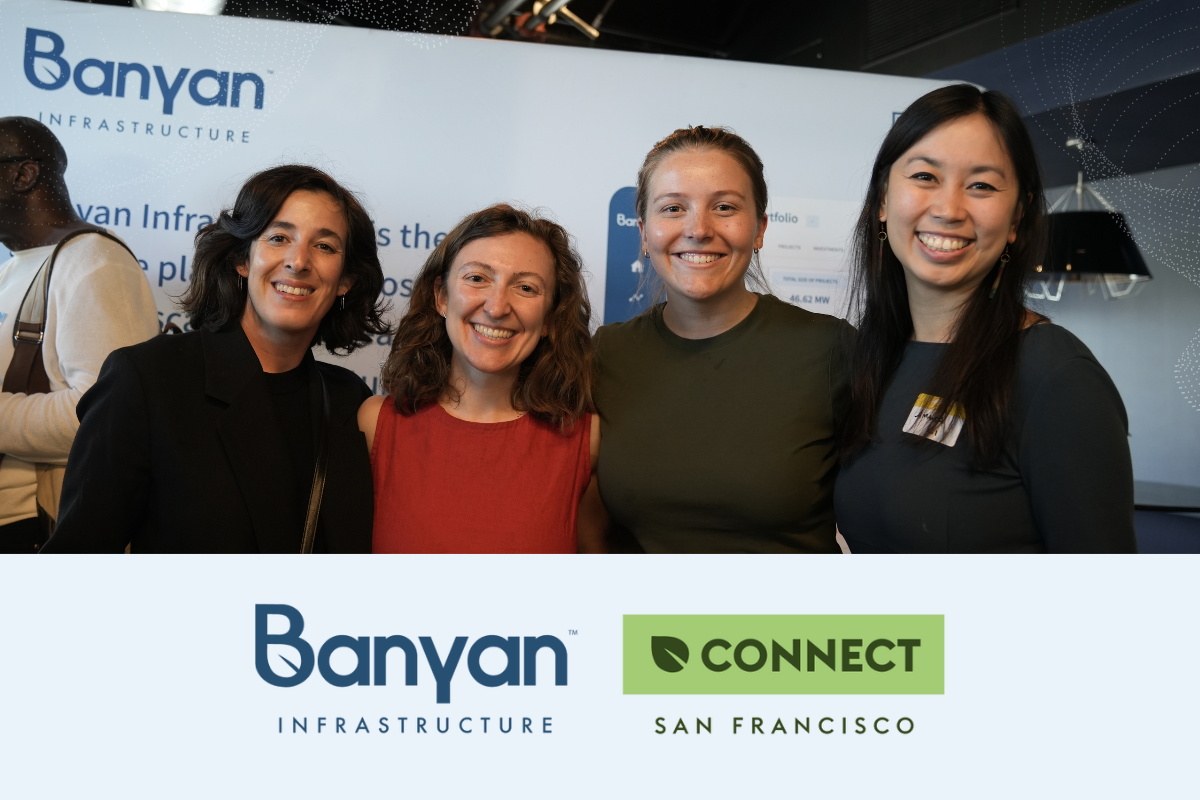
.webp)

.webp)
.webp)
.webp)




.webp)











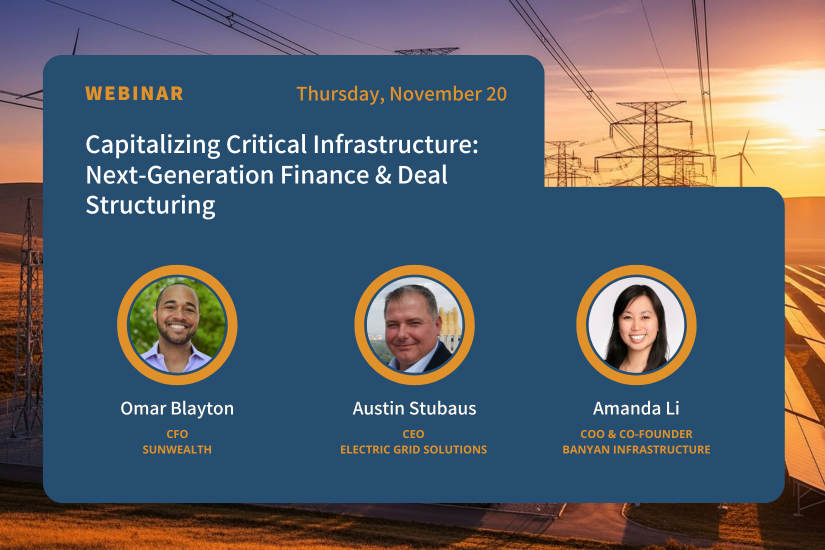
.jpg)
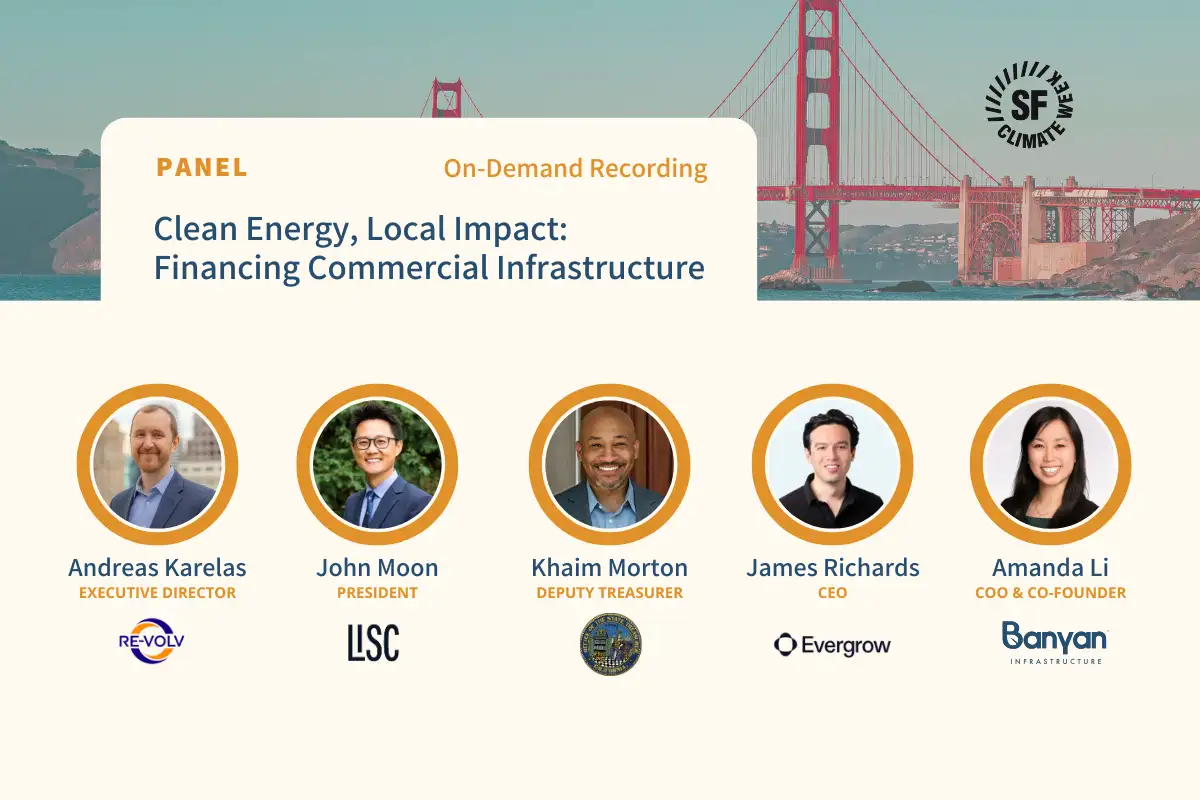
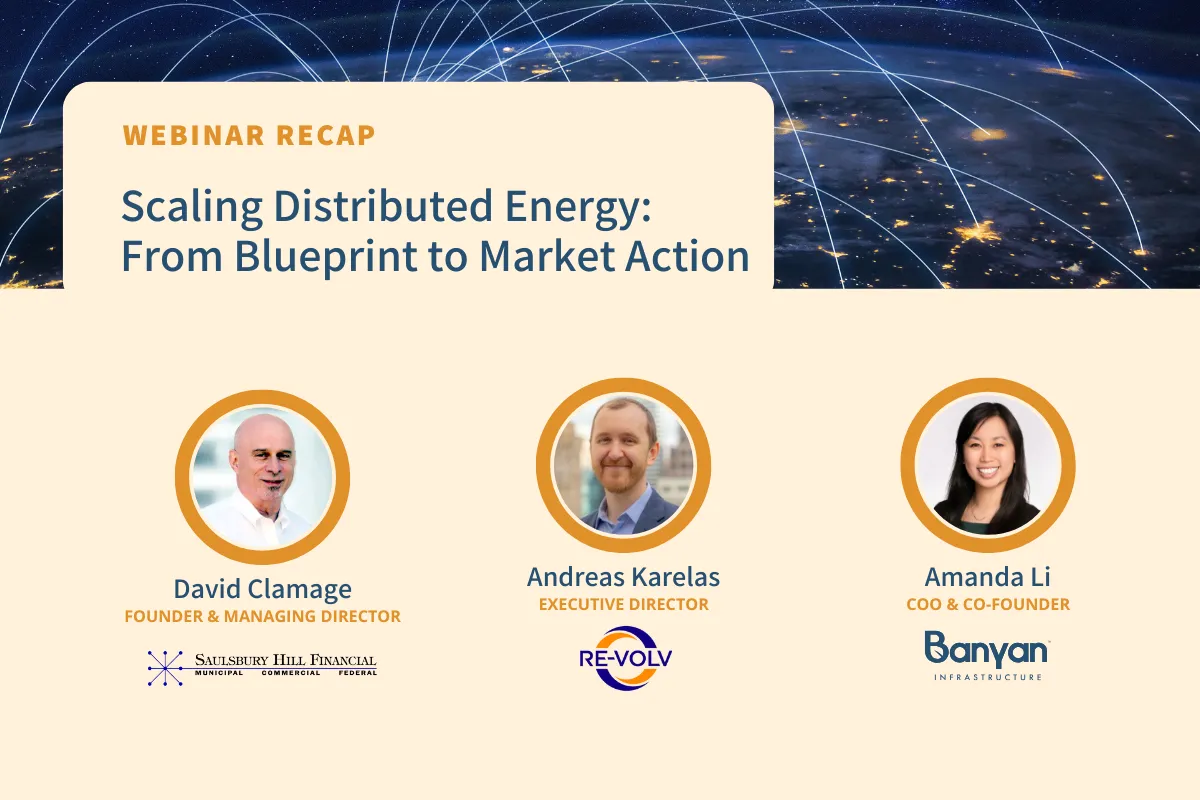
.webp)
.webp)
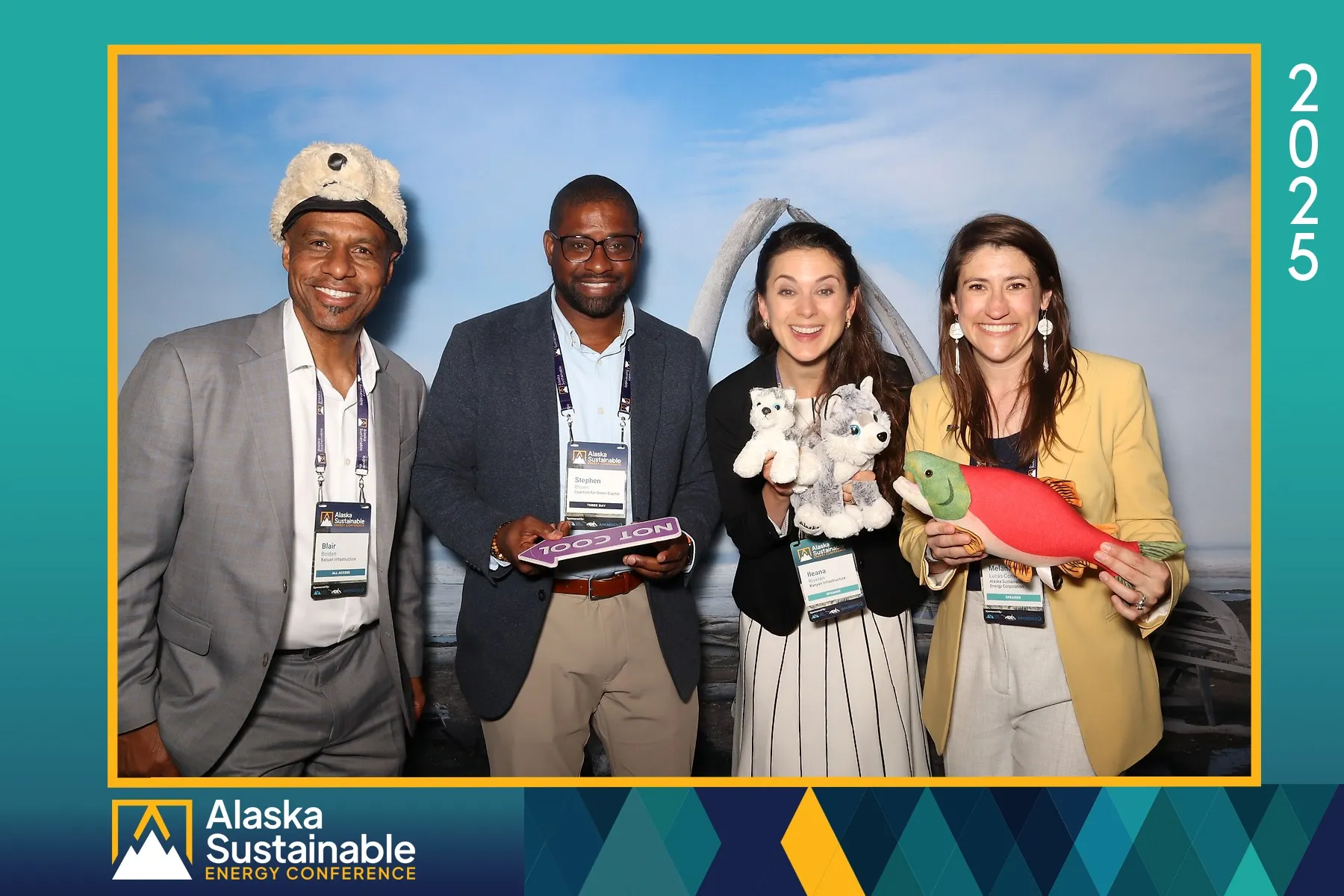
.webp)

.webp)
.webp)

.webp)



.webp)
.webp)

.webp)

.webp)
%20(1).webp)
